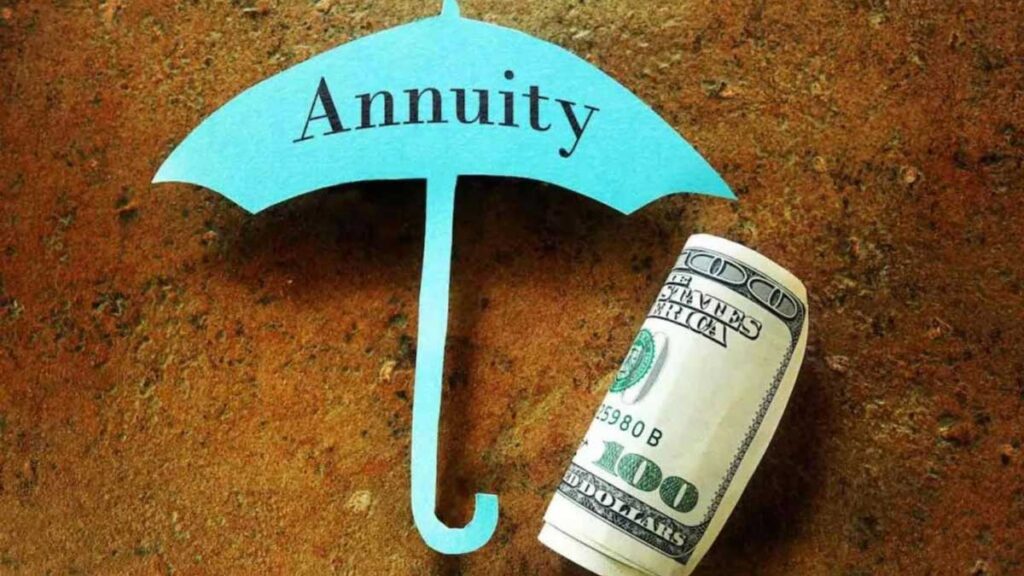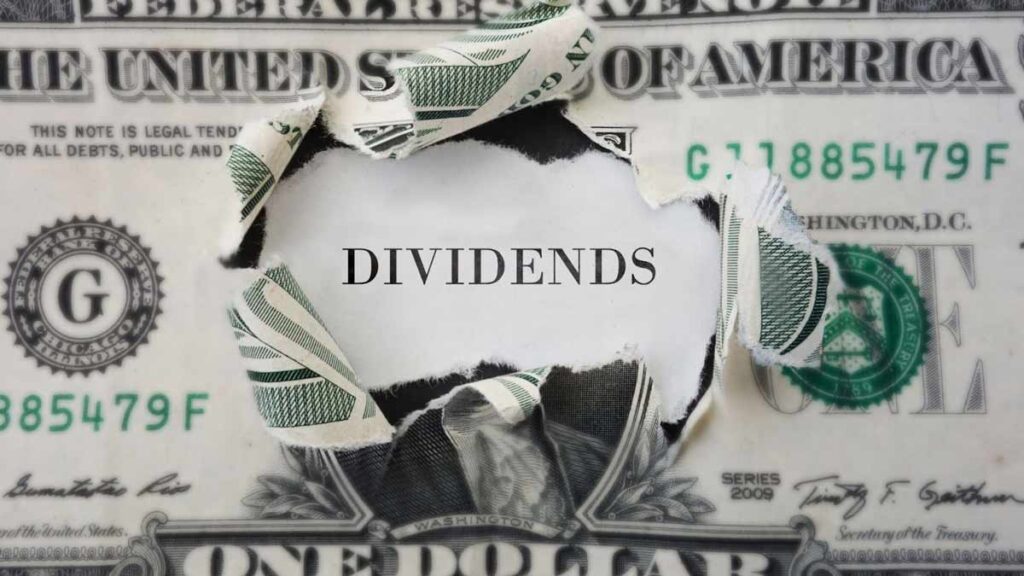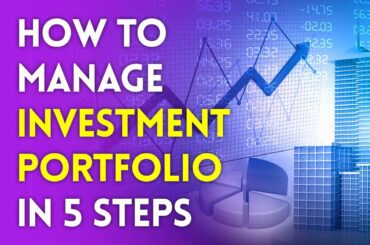
Are you approaching retirement age, or perhaps you have already retired and are seeking low-risk Investments for Retirees that could possibly continue to generate income for you? Then you are at the right place.
You are aware that market volatility can directly impact investment portfolios. Investors that are aggressive and have plenty of capital profit from historically low pricing, while those with less capital choose more conservative investments to weather the storm.
Safety is crucial when it comes to retirement planning. You should ensure your money is invested in a way that will give you security and shield you from market volatility.
We will cover the best Investments for retirees in this guide. We’ll also provide You with the reason to invest in a specific type of low-Risk Investment and whether it is a safe investment for retirees by providing the risks associated with those investment options for retirees. So let’s get started.
Here are the best investments for retirees with high returns. These are lower-risk investments.
10 Low-Risk Investments For Retirees With High Return
1. Fixed Annuities

An annuity is a contract, frequently negotiated with an insurance company, that guarantees the payment of a specific amount of income over a specified length of time in exchange for an initial payment.
The annuity can be set up in several ways, for example, to pay over a set time frame, like 20 years, or until the client’s death.
In the case of a fixed annuity, the contract guarantees the payment of a predetermined amount, often on a monthly basis, throughout time.
You have the option of making a one-time payment and taking your payout right away or making regular payments and having the annuity start paying out at a later time (such as your retirement date.)
Reason To Invest
For increased financial stability, particularly when you are not working, a fixed annuity can offer you a guaranteed income and return.
You can make an unlimited number of payments to the account with an annuity, which allows you to grow your tax-deferred income. Depending on the terms of the contract, annuities could also include many additional advantages, such as death benefits or minimum guaranteed payouts.
Risk
If you don’t carefully read the contract’s fine print, you could not be getting exactly what you think because annuity contracts are notoriously complicated.
Being somewhat illiquid, annuities can be difficult or impossible to exit without paying a hefty penalty. Your guaranteed payout might not seem as tempting if inflation increases significantly in the future.
2. High-Yield Savings Accounts
Savings accounts provide a moderate rate of return on your investment, despite not being strictly investments. Online searches will reveal the possibilities with the highest yields, and if you’re prepared to compare rates and shop around, you may obtain a little more yield.
Reason To Invest
You can never lose money in a savings account. Thus it is safe. You will be compensated even if the financial institution collapses because most accounts are issued up to $250,000 per account type per bank.
Risk
Cash doesn’t lose value in terms of dollars, but inflation can reduce its ability to purchase things.
3. Money Market Accounts

A money market account may resemble a savings account in terms of feel and features, such as the availability of a debit card and interest payments. However, a money market account could need a bigger minimum deposit than a savings account.
Reason To Invest
Money market accounts may offer higher-interest rates than equivalent savings accounts.
Additionally, you’ll be free to spend the money as you see fit, though the money market account might have a monthly withdrawal cap, much like a savings account. To optimize your profits, you should look for the greatest rates here.
Risk
The FDIC provides guarantees of up to $250,000 per depositor per bank for money market accounts. So your principal is not in danger when using money market accounts.
The expense of having a lot of money in your account and not generating enough interest to exceed inflation, meaning you could eventually lose purchasing power, is perhaps the largest risk.
4. Series I Savings Bonds
Series I savings bond is a low-risk investment that rises and falls with inflation to help safeguard your capital. The interest rate on the bond is adjusted higher when inflation increases. However, the bond’s payment decreases as inflation declines.
The TreasuryDirect.gov website, run by the U.S. Department of Treasury, is where you can purchase the Series I bond.
The I bond is an excellent option for protecting against inflation since it offers a fixed rate plus an inflation rate that is added to it every six months, according to McKayla Braden, a former senior advisor for the Department of the Treasury.
Reason To Invest
Depending on the inflation rate, the Series I bond’s semi-annual payment is adjusted. The bond is paying a substantial yield due to the high inflation rates.
If inflation increases more, that will also be changed higher. So the bond helps in protecting your money against the effects of rising costs.
Risk
Savings bonds are about as safe an investment as it gets because the U.S. government backs them. Remember, though, the bond’s interest payment will decrease if and when inflation starts to decline again.
A penalty equal to the interest for the previous three months is assessed if a US savings bond is redeemed before 5 years have passed.
5. Preferred Stocks

Compared to common stocks, preferred stocks are more similar to junk bonds. Still, if the market declines or interest rates increase, their values could change significantly.
Reason To Invest
Preferred stock pays out monthly cash dividends, just like a bond. However, it is unusual for companies issuing preferred stock to be able to suspend the dividend in specific situations, though frequently, the company must make up any missing payments.
Additionally, before paying dividends to holders of common stock, the company must first pay dividends on preferred stock.
Risk
Although the preferred stock is often safer than stock, it is like a riskier version of a bond. Preferred stockholders receive payouts after bondholders but before stockholders, which is why they are frequently referred to as hybrid securities.
Preferred stocks should be thoroughly examined before purchasing because they often trade on a stock exchange like other stocks.
6. Short-Term Certificates Of Deposit
Unless you withdraw the money early, bank C.D.s are always loss-proof in an FDIC-backed account.
You should surf around online and compare the rates that different banks have to discover the greatest offers.
It might make sense to purchase short-term C.D.s and then reinvest as rates rise in 2022 when interest rates are already rising. Avoid committing for an extended period to C.D.s that are below market value.
A no-penalty CD, which allows you to avoid the typical early withdrawal penalty, is an alternative to a short-term CD. Thus, you can withdraw your funds without incurring the customary fees and transfer them to a CD that pays a greater interest rate.
Reason To Invest
The bank guarantees to pay you a fixed interest rate over the agreed-upon term if you hold onto the CD until it expires. Some savings accounts provide interest rates higher than some C.D.s, but the deposits for these so-called high-yield accounts may be substantial.
Risk
It’s common to lose some of the interest you earned if you withdraw money from a CD early. It’s vital to understand the terms and compare CD rates before you invest because certain banks may additionally charge you a loss of some of your principal.
Additionally, you will receive a lesser yield if you commit to a longer-term CD while market rates are rising. You must cancel the CD and will often be charged a penalty to obtain a market rate.
7. Dividend-Paying Stocks

The safety of stocks isn’t as high as that of cash, savings accounts, or government debt, but they are often safer than high-flyers like options or futures.
Because they provide cash dividends, which help to reduce volatility but do not eliminate it, dividend stocks are regarded as being safer than high-growth stocks. Consequently, dividend stocks will move with the market but might not fall as much when the market is down.
Reason To Invest
In general, people consider stocks that pay dividends to be less hazardous than those that don’t.
“I wouldn’t argue a dividend-paying stock is a low-risk investment because there were dividend-paying stocks that lost 20% or 30% in 2008,” says Ben Wacek, founder and chief investment officer of Guide Financial Planning in Minneapolis. However, it often carries less risk than a growth stock.
This is because companies that pay dividends typically have a higher level of stability and maturity, offer dividends, and have the potential for stock price growth.
“You’re receiving a regular income from that stock as well, so you’re not just reliant on the stock’s value, which is subject to change,” claims Wacek.
Risk
One risk with dividend stocks is if the business experiences difficulties and reports a loss, which forces it to reduce or stop paying out dividends altogether and lowers the stock price.
8. Money Market Funds
Money market funds are collections of C.D.s of deposits, short-term bonds, and other low-risk investments that are put together to spread out the risk. These funds are often offered by brokerages and mutual fund companies.
Reason To Invest
Unlike a CD, a money market fund is liquid, so you can normally withdraw your money whenever you want without incurring fees.
Risk
According to financial advisor Ben Wacek, money market funds are typically rather secure.
The bank specifies the rate you’ll receive, and the value of each share must not be less than $1, according to him
9. Corporate Bonds

Businesses also issue bonds, which range from relatively low-risk varieties (issued by big, successful businesses) to very risky ones. High-yield, or “junk bonds,” are the lowest of the low.
According to Cheryl Krueger, founder of Growing Fortunes Financial Partners in Schaumburg, Illinois, “there are high-yield corporate bonds that are low rate, low quality.” “I think things are riskier because there’s not just the interest rate risk, but also the default risk,”
Reason To Invest
Investors might choose bonds with upcoming maturities to reduce interest rate risk. The sensitivity of longer-term bonds to changes in interest rates is greater.
Investors can purchase funds that invest in a broad portfolio of these bonds, or they can choose high-quality bonds from known multinational corporations, to reduce the chance of default.
Risk
Interest-rate risk: As interest rates vary, so may a bond’s market value. When interest rates decrease, bond values rise, and when rates increase, bond values decline.
Default risk: If the corporation doesn’t follow through on its commitment to pay the interest and principal, you can lose all you invested.
Although neither asset type is risk-free, bonds are typically regarded as having lesser risk than stocks.
Bondholders receive their money back before investors if the company declares bankruptcy since they are higher on the pecking order, according to Wacek.
10. Treasury Bills, Notes, Bonds
Treasury bills, Treasury notes, Treasury bonds, and Treasury inflation-protected securities, or TIPS, are all also issued by the U.S. Treasury.
- In one year or less, Treasury bills reach their maturity.
- Up to ten years are covered by Treasury notes.
- Treasury bonds have a maximum 30-year maturity.
- TIPS are securities whose principal value fluctuates according to the rate of inflation.
Reason To Invest
These are all extremely liquid securities that may all be purchased and traded directly or through mutual funds.
Risk
Unless you purchase a bond with a negative yield, if you hold Treasuries until they mature, you won’t typically lose any money.
You risk losing some of your principles if you sell them before they mature since their value will change as interest rates rise and fall. Bond values decrease with increasing interest rates and vice versa.
That’s all you need to know about the best low-risk investment for seniors. You will get invest high return if you select the above investment options for retirees. We hope we have covered your question about “what is the best investment for retirees.”












